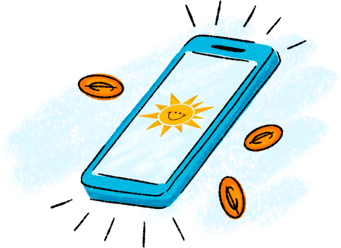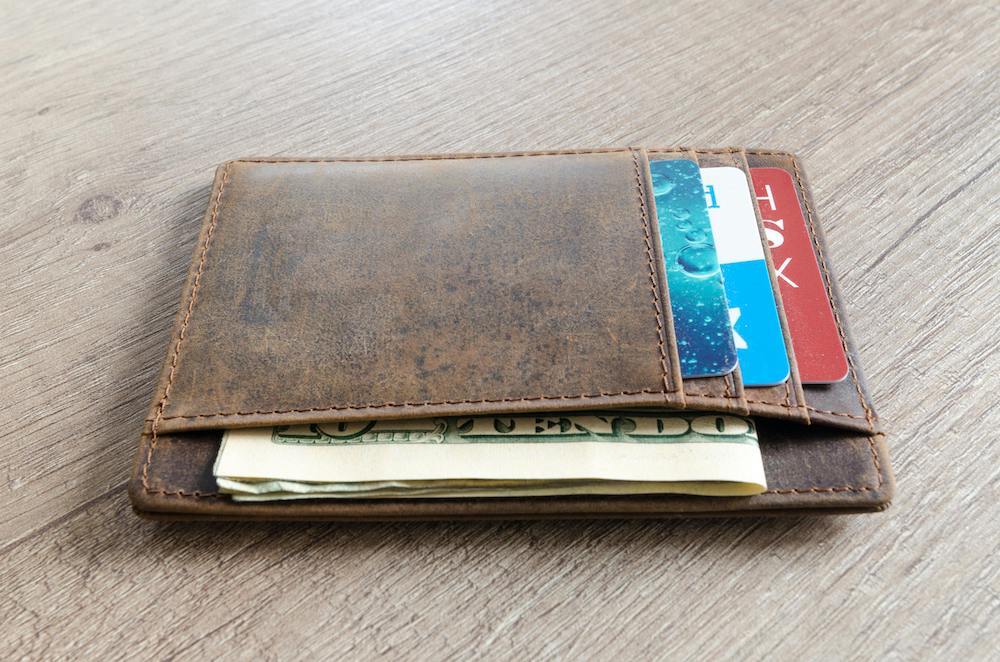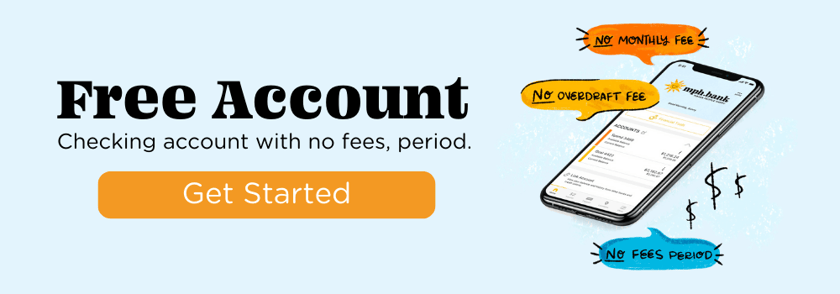“More than half of Americans feel anxious about their finances.”
That’s not a vague stat. That’s straight from a recent FINRA Investor Education Foundation survey. People are working harder than ever and still feeling like they’re falling behind. If you’ve ever stared at your bank app, your credit card balance, or a credit score that dipped for no clear reason and thought — “What am I missing?”— you’re not alone.
And that’s exactly why tools like WalletHub exist.
Now, let’s be real. The internet is full of personal finance tools. Apps for budgeting. Platforms for investing. Services that promise to “boost your credit overnight.” It’s noisy out there. Some tools are great. Some… not so much. But in that crowded space, WalletHub manages to stand out—for good reason.
If you want a free, user-friendly, data-driven tool that helps you take real control of your finances—without gimmicks or hidden fees—this article is going to be worth your time.
Let’s dig into why WalletHub deserves a spot in your financial life—and how to get the most from it.
What Is WalletHub?
At its core, WalletHub is a free personal finance platform that offers:
- Daily credit score updates (yes, daily)
- Personalized credit monitoring
- Free credit reports
- Savings comparisons for credit cards, loans, and more
- Spending and debt tracking
- Financial health analysis tools
But it’s more than just a dashboard with numbers. It’s an engine. One built to help you make decisions, not just gather data.
Why WalletHub Stands Out
(When There Are a Dozen Other Tools)
Let’s not waste time. Here’s what makes WalletHub a cut above the rest.
1. It’s Actually Free—And Not in a “Free Trial” Kind of Way
Too many platforms lure you in with “free,” only to hit you with upsells or subscriptions after a few days. WalletHub keeps it simple: No credit card required. No fees. No sneaky trials.
The only time you may encounter products is when they recommend offers you’re already searching for, like a better credit card or a lower-rate loan. But even those are clearly marked and tailored—not spammy.
2. Daily Credit Score Updates (Yes, Daily)
This is huge. Most free credit tools only update your score once a month, maybe twice if you’re lucky. WalletHub gives you daily VantageScore 3.0 updates from TransUnion.
That means if something weird pops up—like a new account you didn’t open—you’ll see it within 24 hours, not 29 days later when the damage is done.
Pro Tip: You can set up custom credit alerts so you’re notified immediately if something changes on your report.
3. Deep Credit Report Access
WalletHub doesn’t just show you your score. It gives you a comprehensive look at your credit report, updated in real time.
You can review:
- Open and closed accounts
- Credit utilization by account
- Payment history
- Account age
- Hard inquiries
And it breaks things down with easy-to-understand visuals so you don’t need a degree in finance to figure out what’s helping or hurting you.
How to Use WalletHub to Improve Your Finances
This is where it gets actionable. Here's how to use WalletHub to take control of your financial picture—starting today.
Step 1: Create Your Free WalletHub Account
Takes less than 5 minutes. No payment info required. You’ll answer a few basic questions to help them tailor your experience (e.g., are you looking to build credit? Pay off debt?).
Go to: www.wallethub.com
Step 2: Sync Your Credit Data
Once you’ve created an account, WalletHub pulls your credit report from TransUnion. You'll get:
- A real-time score
- Full credit report
- Action items
You'll immediately see your credit grade and WalletHub’s "Action Plan," which suggests concrete steps to improve your score.
Step 3: Set Goals and Alerts
What are you working toward?
- A better credit score?
- Paying off high-interest debt?
- Finding a lower APR card?
WalletHub lets you set specific goals—and then provides alerts, articles, and comparison tools customized to your journey.
Step 4: Compare and Shop with Confidence
WalletHub’s comparison engine lets you shop for:
- Credit cards (with filtering tools that don’t waste your time)
- Loans (personal, auto, etc.)
- Bank accounts
- Insurance rates
It’s transparent. Every product is broken down with real math. No fluff.
Step 5: Review and Adjust Every Month
Even with daily credit score updates, the power of WalletHub comes from consistency.
Each month, review:
- Your credit trends (how your score has moved)
- Debt-to-income ratio
- Spending breakdowns
- WalletLiteracy Quiz (yes, they have a financial literacy quiz—and it’s legit)
This review process turns insight into progress.
Real-World Use Cases: WalletHub in Action
Let’s talk about what WalletHub does for real people—not just what it says on the website.
The Car Loan Saver
Maria wanted to refinance her car loan. She logged into WalletHub and saw her score had climbed by 42 points over the last six months—something her old budgeting app hadn’t shown. With that info, she applied for a loan she would’ve assumed she wasn’t qualified for—and got a better rate, saving $1,150 over the life of the loan.
The Identity Theft Catch
Jeremy set credit alerts on WalletHub. One Tuesday morning, he got a push notification: “New hard inquiry on your credit.” But he hadn’t applied for anything. Turns out someone tried to open a retail card in his name. He froze his credit within hours, avoiding serious damage.
The Credit Clean-Up
Tanya thought she had “bad credit” from years ago. With WalletHub, she discovered two old medical collections and a mistaken utility charge—both over five years old. She filed disputes right from the dashboard. Two were removed within a month. Her score jumped from 598 to 672.
Should You Use WalletHub?
Here’s the bottom line:
WalletHub is one of the most powerful free financial tools available today—especially if you care about your credit.
It’s easy to use. It’s packed with value. It’s designed for real people, not financial pros. And it helps you move from confusion to confidence.
If you want to build a stronger financial future—without paying for fancy software—WalletHub is a no-brainer.
Why did the little boy eat his cash?
It was his dinner money! Sign up to receive important information on banking, financial tips, and jokes like this directly to your inbox










